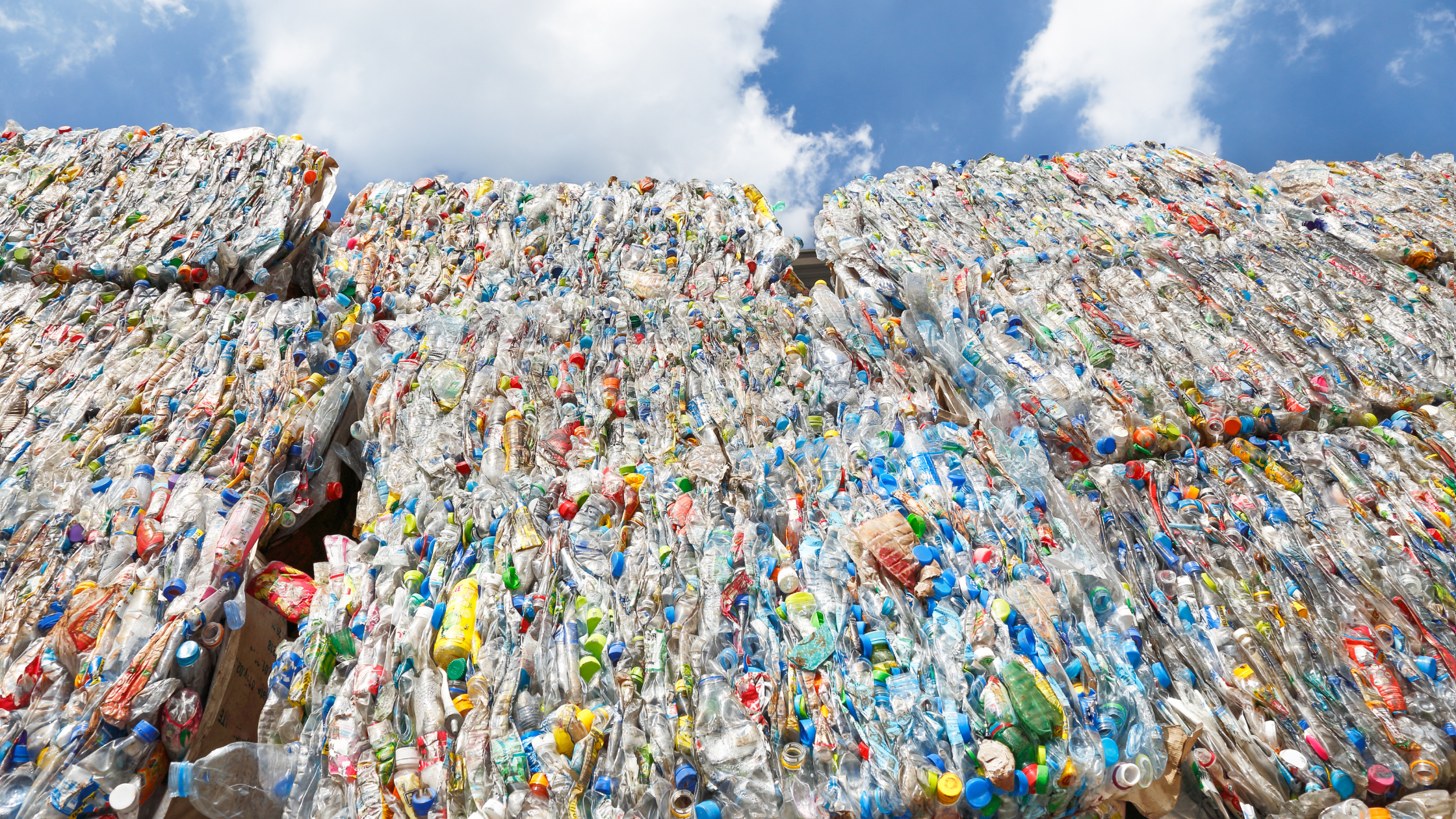Understanding the body’s natural detoxification process and how to recognize symptoms of toxic overload
Every day and night, the body goes through a natural detox process. The liver, kidneys, lungs, lymphatic system, skin and digestive tract all work together to remove toxins and eliminate pathogens like viruses and bacteria, heavy metals, and excess hormones from the body. A healthy body is equipped to eliminate low levels of some toxins, but we’re facing a greater toxic burden than ever before and seeing the impact of a bioaccumulation of toxicity over time.
Most often, we’re unaware of this because we don’t associate our symptoms with toxic overload. It’s typically when other causes have been ruled out and a health professional conducts diagnostic testing that we discover toxicity in the body. Of course, many people don’t take this route and will continue living with the uncertainty of what’s causing their lingering symptoms.

The natural detox process
The liver is the organ most commonly associated with detox and indeed plays a major role in the process. It filters and eliminates endocrine disrupting chemicals, pathogens, hormones and heavy metals by converting these toxins into waste products. The liver supports over 500 different functions in the body, and when it’s overwhelmed with detox demands, it’s unable to perform optimally and can lead to a number of imbalances in the body.
The kidneys also act as a filtration system, removing byproducts of digestion and other bodily processes which are then expelled through the urine. The kidneys remove around two litres of excess water and waste products every day.
The digestive tract (particularly the colon) also plays an important role in the detox process, eliminating waste through bowel movements. If the gut microbiome is imbalanced, the detox process becomes less effective.
The lymphatic system is closely connected to the immune system, recognizing toxins and foreign invaders (like viruses, bacteria and fungi) and removing cellular waste. Its primary function is to carry waste proteins and fluid away from the extracellular matrix (ECM), which is essentially a communication network of vessels, organs and tissues between cells.
Our lungs exhale carbon dioxide and have fibres called cilia that help to remove toxins from air pollution (which can be both inside and outside). When toxins aren’t properly eliminated through other processes, they’re sometimes pushed out through the skin and can cause acne, rashes, and other skin issues.
What are we detoxing, and why do we need to?
Because the body is designed to eliminate harmful substances from the body, shouldn’t we trust that it knows what to do?
When the natural detoxification process becomes overwhelmed (which results from toxic overload but can also be impacted by other imbalances or disease in the body), we begin to experience congestion that leads to a number of challenging symptoms.
Common symptoms of toxic overload:
- fatigue
- sleep issues
- eczema
- depression
- brain fog
- migraines
- memory impairment
- allergies
- arthritis
- sinus issues
- digestive disorders
- hormonal imbalance
- constipation
- bloating, gas
- frequent illness or infections
Even if we’re good about removing toxic influences from our lives, it’s impossible to avoid them completely; there are currently more than 80,000 toxic chemicals present in our products and packaging, food and water, and the environment around us. These endocrine-disrupting chemicals (EDCs) are everywhere, contributing to toxic overload and putting a greater strain on the immune system.
The top offenders
Let’s take a look at a few of the worst offenders when it comes to toxic overload, and what these substances are doing to us.
Mercury – most people think of fish consumption when considering high mercury levels in the body. And while eating seafood will contribute to this, it’s certainly not the only cause. The most common (and potentially disruptive) way we’re exposed to high levels of mercury is through amalgam fillings. This type of filling is still very common in contemporary dentistry, even though many countries, including Denmark, Norway, and Sweden, have banned or restricted the use of amalgam fillings due to their toxic effect. Mercury can also be found in nasal sprays, vaccines, fungicides, disinfectants, cosmetics, fertilizers, high fructose corn syrup, medications, air pollution, drinking water and many other commonly used products.
High levels of mercury in the body can present in a number of different ways, including anxiety, depression, hair loss, allergies, skin problems, fatigue, insomnia, sleep disorders, weight gain and brain fog, to name a few.

Glyphosate – Glyphosate is the most widely used herbicide (most of us are familiar with Roundup) and can be found in much of the food we eat and the water we drink. Herbicides also use surfactants to reduce the surface tension of water, and when combined with glyphosate, the toxic impact becomes more severe. Glyphosate has been shown to be acutely toxic to fish and birds and kills off insects and beneficial organisms in the soil that help to maintain ecological balance.
A recent report by the United States Centers for Disease Control and Prevention found more than 80 percent of urine samples from children and adults in the U.S. contained glyphosate. This chemical is known to cause cellular damage but the impacts on the nervous system are yet to be fully understood. An article published just last week shared the results of a study conducted by Florida Atlantic University and Nova Southeastern University to explore the link between glyphosate and convulsions in animals. The results showed that “glyphosate and Roundup increased seizure-like behaviour in soil-dwelling roundworms and provide significant evidence that glyphosate targets GABA-A receptors.” Not only essential for movement, these communication points are also heavily involved in regulating mood and sleep. Glyphosate is also linked to autoimmune conditions, food allergies and sensitivities, dementia, autism, diabetes, heart disease and weight gain.
BPA – short for bisphenol A, BPA is a chemical compound used since the 50s to manufacture polycarbonate plastics and epoxy resins. It’s commonly found in food packaging and other consumer goods, as well as some dental sealants/composites and the inner coatings of water supply lines. Plastic is everywhere, so it’s important to avoid products containing BPA whenever possible. You should also avoid heating or placing hot food in plastic containers, as BPA from the plastic can leach into your food.

BPA exposure is widespread. Nearly 20 years ago, the National Health and Nutrition Examination Survey conducted by the Centers for Disease Control and Prevention found detectable levels of BPA in 93% of 2,517 urine samples from people six years and older. Some of the adverse health outcomes related to BPA exposure include obesity, asthma, and neuro-behavioural disturbances. BPA also mimics the structure and function of estrogen, binding to hormone receptors and creating imbalances that affect cell repair, energy levels, mood and sleep.
Healthy detox – what it is and what it isn’t
Unfortunately, the term “detox” has taken on some negative connotations in recent years with many companies overpromising a quick-fix detox or miracle cleanse without providing science-backed evidence or the necessary framework and support for a healthy and sustainable detox. These trendy products or programs are typically very short-lived and don’t create the environment required for profound and lasting change.
A full-body detox process, supported by healthy lifestyle and nutritional choices, is critical in ridding the body of the bioaccumulation of toxins over the course of decades that’s contributing to your symptoms. This can be a long process that requires commitment and dedication, but the changes you’ll make in so many different areas of your health will be well-worth the journey.
In order to truly detox, we need to:
- avoid toxins and remove the source as much as possible
- implement healthy nutrition and lifestyle practices
- regenerate the cell membrane with the right nutrients
- reduce cellular inflammation
- restore cellular energy
- and reestablish healthy methylation
Effective detoxification is not a 7-day cleanse; rather, it’s a lifestyle change that avoids overconsumption and exposure to toxins and relies upon the consistency of our healthy habits to continually flush toxins from the system. Sometimes we need a little more support, which is why we’ve developed a whole body detox program with a systematic approach to getting to the root of toxicity and creating a cellular environment that encourages deep healing and vitality.

Unlike most detox programs and products available today, the Detox Fix program takes an upstream approach to detox by investigating the underlying cause for illness instead of simply addressing the symptoms. We support all detox organs and pathways rather than solely focusing on the liver, and offer lifestyle, nutrition and mindset coaching to ensure you have the tools and support you need.
Our upcoming group session starts in two weeks with limited spots, and registration opens tonight! Learn more about the Detox Fix program and join us online this evening for a free masterclass at 5pm (PST) where we’ll be sharing a special offer and more information on this transformative program.
Sources:
https://phys.org/news/2022-08-link-weed-killer-roundup-convulsions.html
https://www.healthline.com/nutrition/what-is-bpa#basics
https://www.niehs.nih.gov/health/topics/agents/sya-bpa/index.cfm

